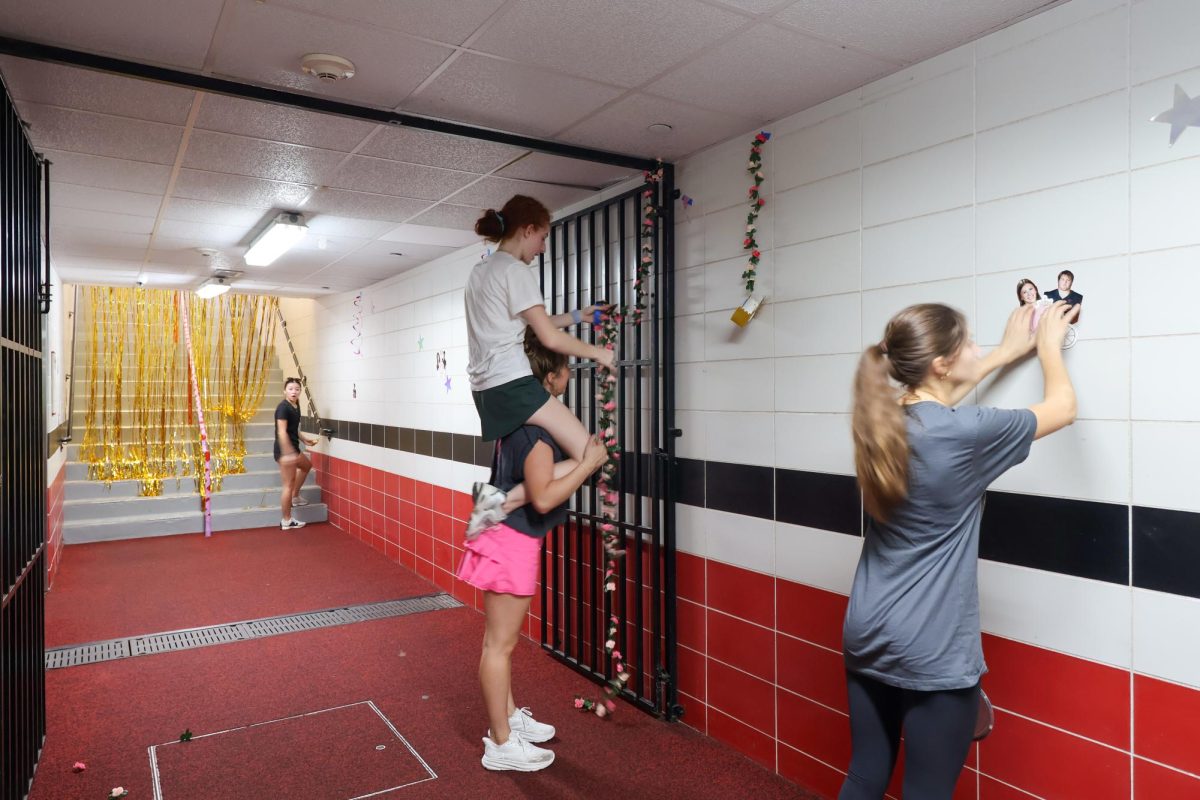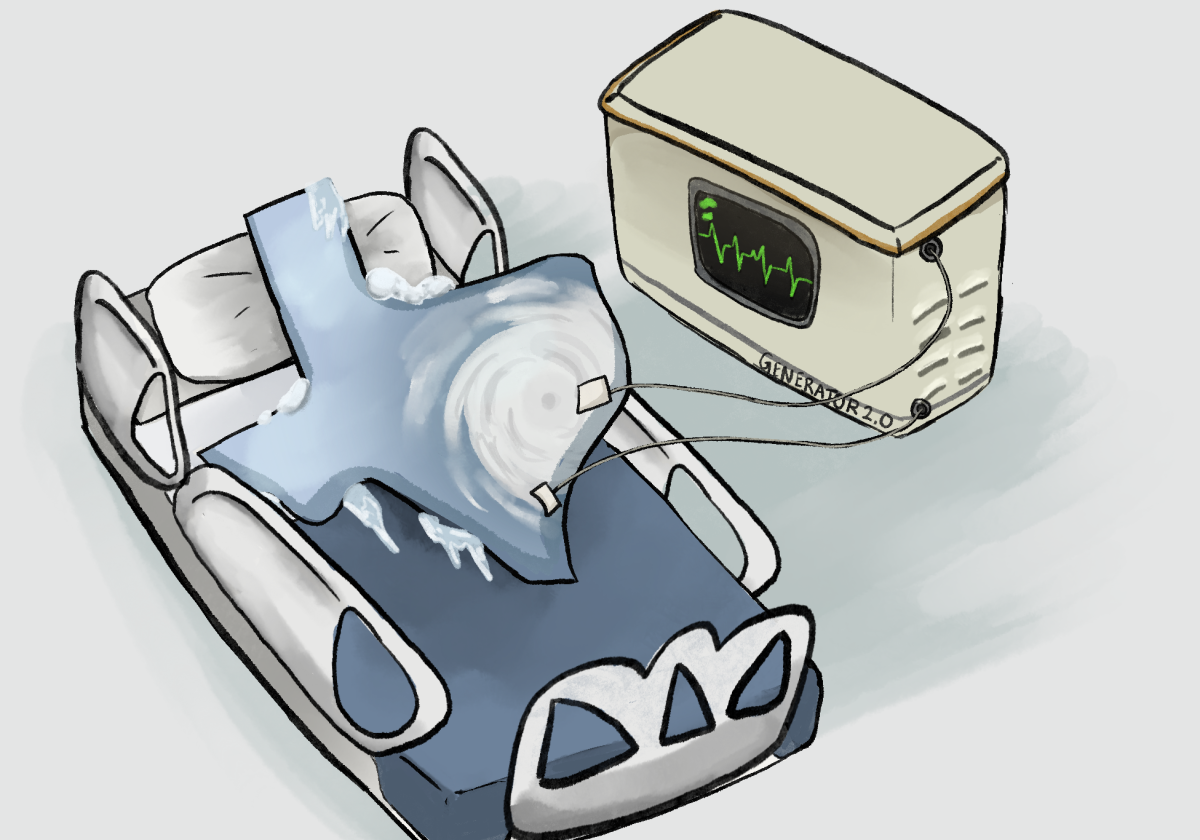A little over 76% of SJS Upper School students live 15 minutes from campus. For the rest of us who live outside the beltway, driving to campus can be a major stressor.
Senior Cora West has driven herself to and from Richmond, located 25 miles from St. John’s, nearly every day for the past three years, logging some 90,000 miles on her red Ford Bronco Sport. During her commute, West listens to audiobooks about health and athletic performance. One she enjoys is Can’t Hurt Me: Master Your Mind and Defy the Odds by David Goggins.
As a girls’ cross country and lacrosse captain, West wakes up at 4:30 a.m. to arrive at 6 a.m. for the morning run with her team during fall season; in the spring, she often returns home after 7 p.m. because of lacrosse practice.
“The amount of time it takes out of my schedule really pains me because I get roughly two to three hours taken out of my day,” West said. “It takes a lot of mental attention to drive here, so I have a lot less time to do homework or play other sports.”
Although living far from school has cut into West’s free time, she enjoys living in the more suburban environment of Richmond.
“I love my little neighborhood. Everyone has a lot of land, and the Brazos River is right in my neighborhood,” West said. “It’s nice to be able to breathe fresh air and step outside compared to the claustrophobic feeling in the city.”
Aspen Collins (‘23) commuted to school from Pearland — over 20 miles from St. John’s — each morning for seven years with her mother, Middle School history teacher Ganesa Collins. Aspen says that the distance to school has challenged her ability to maintain an active social life.
“If I wanted to hang out with a friend after school, either my mom is staying working until she comes to pick me up, or she goes all the way home and all the way back,” Collins said. “No one wants to drive me home, and I’m not going to put that on people — that’s not right.”

Sophomore Wesley Chu’s family decided to maintain a second home in West University last summer in addition to their Sugar Land home that they had commuted from for Chu’s past nine years at SJS. Now, Chu stays in West U, a ten-minute drive from school, during the weekdays; however, he lives in Sugar Land, located 20 miles away, on weekends and during school holidays.
Chu feels that living far away helped him appreciate the time he gained since moving closer to school. Like Collins, Chu notes how convenient hanging out with friends is when he stays in West U compared to in Sugar Land — his friends can come to his house in the city when they are not willing to make the drive out to Sugar Land.
Senior Susan Yao lives 20 minutes away from school; however, her commute home after school often takes about an hour — Yao’s dad drives her to school each morning, and she rides the METRO home after school by herself. According to Yao, there is a METRO line bus stop right outside the Upper School campus that passes close to her house, requiring only $1.25 per ride and a fifteen-minute walk after getting off the bus.
Yao thinks that using public transportation nearly every day has helped her learn how to navigate the city, but she often cannot traverse the city without taking multiple buses.
“I know how to use public transport so I can meet people outside of school — it’s just that I don’t have a car, so I can’t go anywhere that’s not covered by a bus route after school.”
Junior Mark Doan thinks that his 20-mile commute to school from Sugar Land has made him more aware of the environmental impacts of driving long distances on a regular basis.
“Every day, I see cars going in and out of the city from the suburbs, traveling 30 miles on a daily basis. I can clearly see the pollution we’re causing, where we’re progressing, and what it means for our planet.” Doan said.
According to the United States Environmental Protection Agency, a typical passenger vehicle emits about 4.6 metric tons of CO2 per year. Doan’s new car, the 2024 KIA Niro, has a yearly CO2 emission of 2.7 metric tons, according to the US Department of Energy. The Niro’s miles per gallon measures a whopping 53 in the city and 45 on highways, compared to the similar Kia Sportage’s 25 city and 32 highway miles per gallon.
“I’m shouting it out because I’m so proud of it,” Doan said.

















